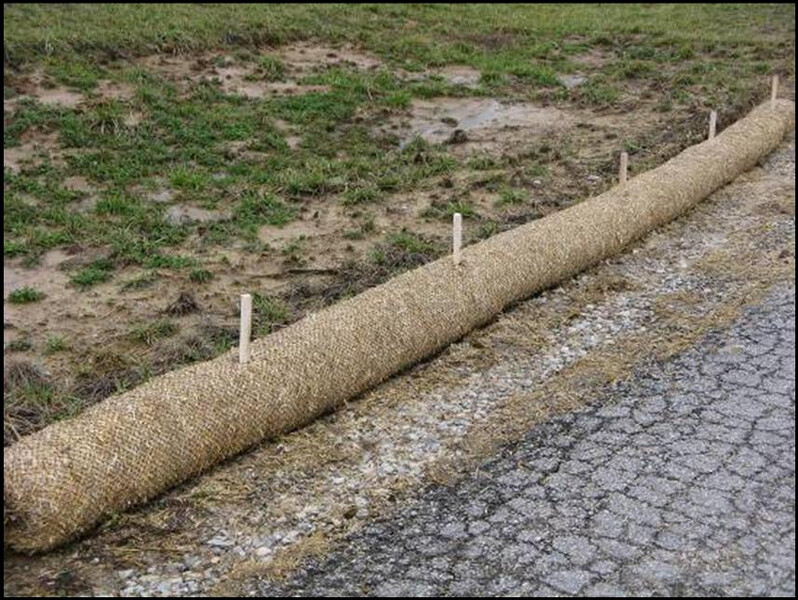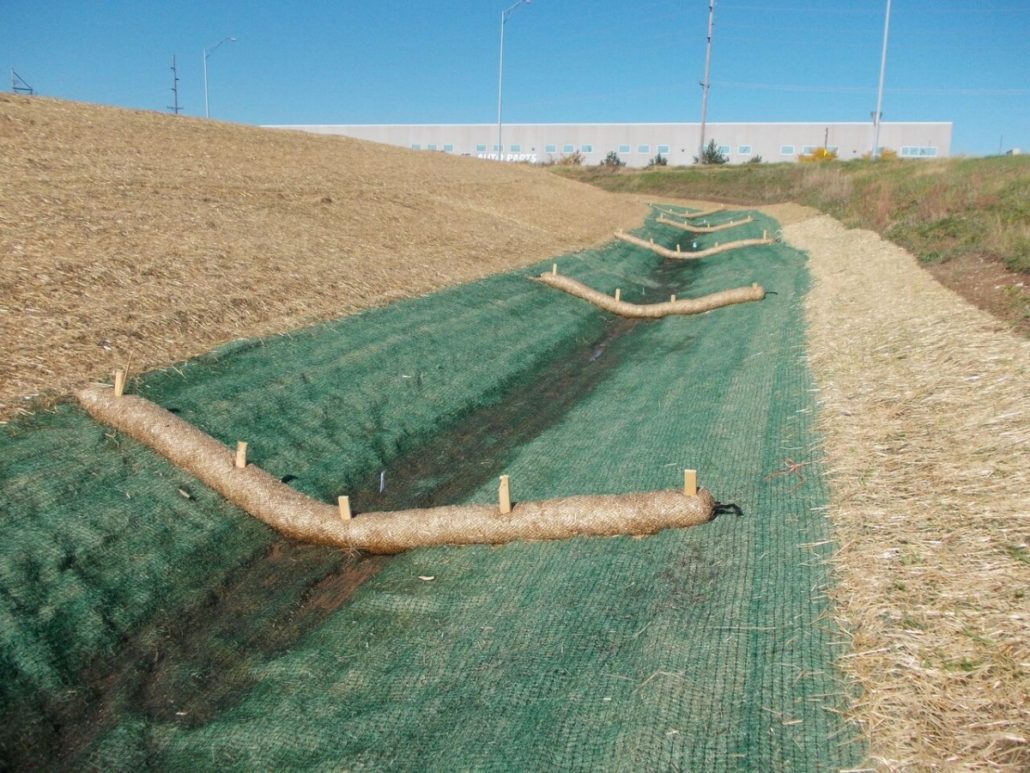Precise Solutions from Memphis Erosion Control Solutions trenching
Efficient Disintegration Control Techniques for Sustainable Land Administration
Are you looking for methods to properly take care of disintegration on your land? Look no further! This post will certainly supply you with useful info on the importance of disintegration control in sustainable land administration. Discover the various sorts of disintegration and their impact on your land, as well as all-natural approaches to control erosion. Learn just how to apply effective disintegration control actions and guarantee proper surveillance and upkeep. Beginning acting today to safeguard and maintain your valuable land.
Significance of Disintegration Control in Sustainable Land Monitoring
Disintegration control is essential for lasting land management due to the fact that it aids protect against soil destruction and loss. By applying effective erosion control methods, you can guarantee the lasting health and productivity of your land. Without appropriate disintegration control steps, soil erosion can happen, leading to the loss of useful topsoil that is rich in nutrients essential for plant growth.
Since it aids to preserve dirt fertility,One of the main reasons disintegration control is vital is. When soil deteriorates, it takes away the organic issue and nutrients that plants need to prosper. This can cause decreased crop returns and reduced efficiency of the land. Additionally, erosion can result in sedimentation in close-by water bodies, which can negatively affect marine communities.
An additional key advantage of disintegration control is the prevention of land degradation. By carrying out disintegration control techniques such as terracing, shape plowing, and the use of cover crops, you can help avoid land degradation and maintain the health of your land.

Kinds of Disintegration and Their Influence On Land
Understanding the different sorts of disintegration and exactly how they affect the land can assist you carry out far better land monitoring practices. Disintegration is the process whereby soil, rocks, and other products are slowly deteriorated and transported by natural forces such as ice, water, and wind. There are 4 primary kinds of disintegration: sheet disintegration, rill erosion, gully erosion, and mass motion disintegration.
When a thin layer of soil is removed evenly from the surface area of the land,Sheet erosion occurs. This kind of disintegration is commonly caused by heavy rains or incorrect land management techniques such as overgrazing or logging. Rill erosion, on the other hand, takes place when small channels or rivulets are based on the land because of the flow of water. This can take place on high inclines or areas with compressed soil.
Gully erosion is much more extreme and takes place when larger gullies or networks are created due to the constant circulation of water. Mass activity disintegration refers to the activity of big amounts of dirt and rocks downhill due to the pressure of gravity.
Understanding these different kinds of disintegration and their influence on the land is crucial for efficient land monitoring. By implementing disintegration control strategies such as terracing, shape plowing, and reforestation, you can minimize disintegration and preserve the stability of the land. In addition, exercising good land administration approaches like proper crop rotation, preserving ground cover, and utilizing debris control actions can better aid in stopping disintegration.
Natural Erosion Control Methods for Sustainable Land Administration
By applying all-natural disintegration control methods, you can efficiently take care of and preserve the you could check here integrity of your land. One efficient technique is using plants, such as yards and plants, to maintain soil and prevent erosion. Planting indigenous species can help raise origin density and bind the dirt with each other, decreasing the threat of important source disintegration triggered by heavy rains or wind (Memphis Erosion Control Solutions hydroseeding). Furthermore, mulching is another all-natural technique that can help manage erosion. By applying a layer of natural compost, such as wood chips or straw, you can protect the soil from the effect of raindrops, reducing dirt compaction and overflow. An additional all-natural erosion control approach is contouring the land. By creating shape lines or balconies on slopes, you can reduce down the flow of water and enable it to penetrate the soil, decreasing disintegration. In areas where disintegration is a considerable issue, mounting disintegration control coverings or mats can be useful. These floor coverings are made from eco-friendly materials and aid maintain the soil until greenery is developed. Generally, by using these all-natural erosion control techniques, you can properly manage and protect your land from erosion, guaranteeing its long-term sustainability.
Executing Reliable Disintegration Control Measures

One such method is the use of disintegration control coverings. Additionally, planting plant life is a critical action in disintegration control. By implementing these verified disintegration control techniques, you can successfully shield your land and lessen the risk of disintegration and its harmful impacts.
Monitoring and Upkeep of Erosion Control Strategies
When tracking and preserving disintegration control steps, it's important to regularly check the erosion control coverings, terraces, plant life, and sediment control actions to ensure they are operating correctly and properly protecting against erosion (Memphis Erosion Control Solutions trenching). By conducting routine inspections, you can determine any type of concerns or shortages in the erosion control techniques and take required actions to fix them
Begin by inspecting the erosion control coverings. Look for indications of damages or wear, such as splits brightview landscape development or subjected dirt.
Next, examine the terraces. Check for signs of erosion, such as debris accumulation or unequal surface areas. Make sure that the terraces are correctly created and maintained to divert water circulation and minimize erosion. Clear any type of built up sediment to maintain their functionality.
Examine the greenery in the erosion control area. Ensure that it is healthy and balanced and properly covers the soil. Seek any kind of indications of plant tension or disease, and resolve them promptly. Proper plant life protection helps stabilize the soil and prevent disintegration.
Lastly, check the debris control steps, such as debris basins or debris fences. Make certain they are correctly set up and operating as intended. Get rid of any built up sediment and make sure that the controls are properly preserved.
Normal surveillance and maintenance of disintegration control measures are critical for their long-term performance in stopping disintegration and maintaining sustainable land monitoring techniques.
Conclusion
To conclude, you must focus on disintegration control for sustainable land administration. By recognizing the various kinds of erosion and their effect on the land, you can implement effective natural erosion control techniques. It is essential to on a regular basis check and maintain these strategies to ensure their long-term efficiency. By acting and carrying out these procedures, you can aid protect the land from erosion and promote sustainable land management methods. Do not hesitate to make erosion control a priority for a healthier and more lasting future.
Discover the various types of disintegration and their effect on your land, as well as natural techniques to regulate erosion. There are four major types of disintegration: sheet disintegration, rill erosion, gully disintegration, and mass motion erosion.
By carrying out disintegration control methods such as terracing, contour plowing, and reforestation, you can decrease erosion and protect the integrity of the land (Memphis Erosion Control Solutions hydroseeding). In general, by utilizing these natural erosion control approaches, you can successfully manage and secure your land from disintegration, guaranteeing its long-term sustainability
By recognizing the different types of erosion and their effect on the land, you can apply effective all-natural disintegration control approaches.